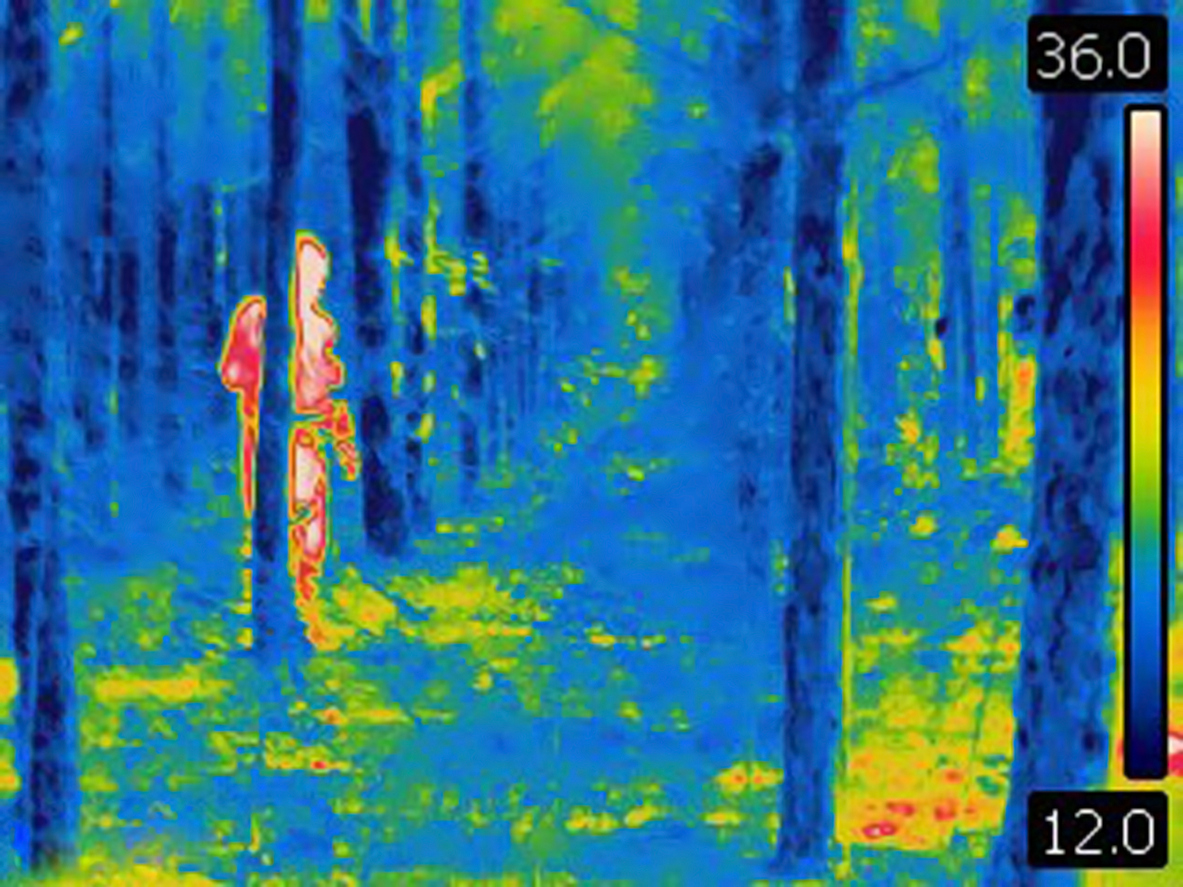Directed Infrared Countermeasure (DIRCM)

Directed Infra-Red Counter Measure System (DIRCM) is designed to counter any surface-to-air IR threat, featuring 1st, 2nd and 3rd generation IR seekers.
Infrared seekers of this type are referred to as signal processing seekers since they determine their target location by demodulating a signal generated by a rotating reticle placed in front of the IR detector (or detectors, in the case of multicolour seekers).
Figure 1 provides an example of such a signal generated by the seeker: in this example, the direction of the target is given by the phase of the signal and the amplitude provides an estimate of the distance from the centre of the seeker’s field of view.
To be effective in confusing the seeker’s demodulation system, a DIRCM must inject a modulated signal (the so-called jam code) into the seeker’s IR detector that can be recognized by the seeker as a valid target position.

Figure 1: Principle of operation for IR seekers
A modulated IR laser beam is the means that a DIRCM system uses to inject the disturbance code into the seeker’s detector.
The laser must have the following characteristics to be successful:
-
Its wavelength must be in the detector band of the seeker.
-
Must be strong enough to cover the platform’s IR signature.
The laser emission of a DIRCM system is typically in the SWIR and MWIR bands.
New developments begin to investigate the use of LWIR and UV sources to extend the range of efficacy for this class of systems.
The laser power defines the class of platforms that a DIRCM can protect.
Small helicopters have relatively low IR emission, so limited laser radiation intensity can mask their IR signature.
For wide body jet transport protection, the DIRCM system must have an IR laser with a higher power level in order to achieve a sufficiently high J over S (the ratio of the jamming power to the platform signature).

Figure 3. Northrop Grumman’s CIRCM.
A typical IR guided surface-to-air missile is launched 2 to 5 km away from the target platform.
Within this interval, the engagement can last from 3 to 10 seconds.
The approaching missile is typically detected by a missile warning system which consumes approximately 2 seconds of the total time budget (typically for UV-based sensors; IR-based sensors have longer detection ranges, generally, with false alarm rates higher).
Figure 2 shows the four phases of a DIRCM engagement process starting from the target detection performed by the MWS:
-
the MWS detects the target and designates the DIRCM providing it with information regarding the direction of arrival of the approaching missile;
-
Once designated, the DIRCM directs its visual field towards the possible target;
-
When in position, the DIRCM scans its field of view to locate and start tracking the target designated by the MWS;
-
If a target is located and confirmed, the DIRCM begins its jamming operation by activating the laser and maintaining fine tracking of the target.
It is worth noting that the whole process, from the designation of the target to the DIRCM by the MWS to the activation of the laser on the target (steps 2, 3 and 4), takes less than 1 second.
DIRCM systems may be installed in multi turret configuration to extend the system’s field of regard for protecting the platform from threats arriving from any direction of arrivals.
Multi turret configuration allows avoiding blind spots, in particular, for large-body aircraft installations.
|
Northrop Grumman’s CIRCM (Common Infrared Countermeasure, Figure 3) is designed specifically to protect rotary wing and medium fixed wing aircraft from IR missiles. This solution is built on open architecture to work with existing hardware, simplify upgrades, and keep lifecycle costs low. |
 Figure 3. Northrop Grumman’s CIRCM. |
|
Mini-MUSIC (Figure 4) is a compact, lightweight DIRCM system by Elbit Systems. It provides high-performance, DIRCM solutions for protecting all types of rotary and fixed wing aircraft against heat seeking MANPADS. |
 Figure 4. Mini-MUSIC by Elbit. |
|
iysis DIRCM (Figure 5) builds upon Leonardo’s experience in delivering over 2500 DIRCM pointer/trackers for the protection of over 50 rotary and fixed wing platform types. |
 Leonardo Miysis DIRCM system. |
|
The ELT/577 QUIRIS DIRCM system (Figure 6) is the newest DIRCM system by Elettronica S.p.A. |
 Figure 6. ELT/577 QUIRIS DIRCM system by Elettronica SpA. |






![Passive Direction Finding [DF] Techniques – Phase Comparison Passive Direction Finding [DF] Techniques – Phase Comparison](https://www.emsopedia.org/wp-content/uploads/2021/04/iStock-545810334.jpg)



